History of the Rumba
The International Rumba has Cuban origins around the mid-19th century. The afro-drums used by slaves in the West Indies combined with Spanish colonizers’ melodies. Various parts of the West Indies have developed different versions of the Rumba according to the different instruments used, including the Columbia, the Yambu` and the Guaguanco`. All of these dances are still found today in Latin. All of these dances are still widely popular today throughout Latin America. Most people mistakenly interpret the upbeat versions of these dances as salsa. After all, Rumba means ‘party.’
However, in 1925, Cuban president Gerardo Machado banned the most popular dance -the Guaguanco, a means to limit African influenced means self-expression and freedom. Only later, with the rise of Fidel Castro, did it become widely accepted to dance Guaguanco and the Rumba. By then, however, the dances had reached an international stage.
About the Dance
Today, in ballroom dance, the Rumba remains a romantic dance. It has lost the body ripples and rolls from its original form and has developed into a more classical dance. Similar to ballet, it emphasizes straight lines and rotational hip action, different than the American Rumba. Most all of the original movements and figures seen in Rumba are no longer danced in the ballroom version. It has developed its own unique syllabus and figures.
Recommended Music List for Beginners
- Somos Novios, Fabio Peraita
- Children, Avera
- Luna’e Notte, Franco Marino
- Portrait of My Love, Watazu
- Sahara, Olivato Orch
- N‘oubliez J’amais, Joe Cocker
- No Se Olvidar, Alejandro Fernande
- Si Quieres, A Lo Latino
- Te Quiero, Mestizzo
- Encadenados, Angela Carrasco
